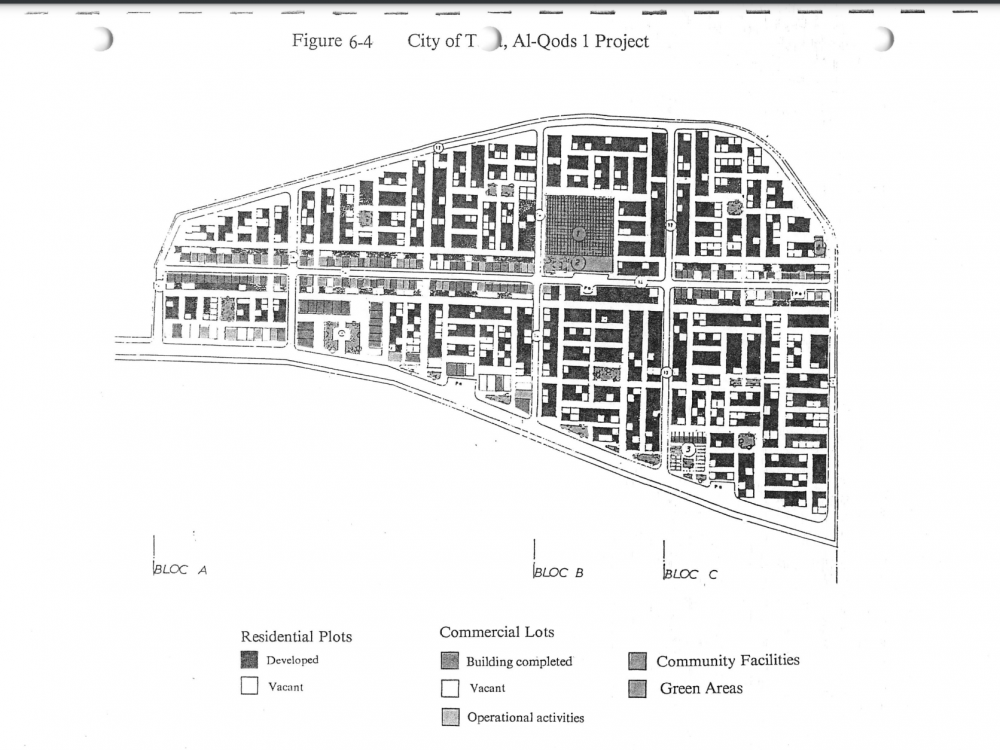Abstract
The Center for Urban Development Studies (CUDS) at the Harvard University Graduate School of Design hosted a seminar on “Urban Planning and Management” for a delegation of senior officials from Mauritania, on October 4-14, 1999, held in Cambridge, Massachusetts. The seminar was organized in response to a request from the Agence Mauritanienne d’Exécution des Travaux d’Intérêt Public pour l’Emploi (AMEXTIPE), and led to a formal consultation project by CUDS on recommendations for urban development in October 2000.
In the late 1990s, decentralization initiatives in Mauritania shifted central and local relationships and created new responsibilities for municipalities. Impacted cities under survey included Nouadhibou and Nouakchott: Nouadhibou is the second largest city in Mauritania and serves as a major commercial centre. Nouakchott is the capital and largest city of Mauritania, it also serves as the administrative and economic center of Mauritania. Urban issues facing local authorities included increasing urban poverty, demand for urban land, uncontrolled urban development, and underserved communities.
Note: AMEXTIPE was founded in 1992 under the initiative of the Government of Mauritania and the World Bank as a not-for-profit agency authorized to undertake the implementation of development projects.
Documents are primarily in French, and include two preliminary reports on Nouadhibou and Nouakchott from 1995 and 1996. A seminar program outline from October 1999 is in English. Also included are copies of the eventual CUDS reports from October 2000. See “Mauritanian National Urban Development Strategy” from 2000 for full project documentation.
See related I2UD projects below
| Project Year: | 1999 |
| Project Type: | ITP; Education |
| Geographic Regions: | Nouadhibou and Nouakchott, Mauritania |
| Reports: | Seminar, Mauritania: (Program Outline, October 1999) Seminar, Mauritania (Seminar Report, French, October 1999) Seminar, Mauritania: (Final Report, French, October 1999) Seminar, Mauritania: (Final Report, French, October 2000) Seminar, Mauritania: (Final Report, French, 17 October 2000) Seminar, Mauritania: (Summary of Results, French, November 2000) Seminar, Mauritania: Nouadhibou (Practical Guide, French, March 1996) Seminar, Mauritania: Nouakchott (Land Use Inventory, French, June 1995) |
| Authors: | François Vigier (Team Leader); Mona Serageldin; Samir Abdulac; James Kostaras; Sameh Wahba; Jacques Carol; Ahmed Salem Ould Bouboutt; Isakha Diagana |
| Sponsors: | World Bank; AMEXTIPE |
| Categories: | International Education Program; Executive Training Program; Education |
| ID: | 1999_10_001 |
Related I2UD Projects
A History of ITP and IEP Seminars
The International Training Programs (ITP) began in 1982, as 2-4 week long summer seminars held by the Unit for Housing and Urbanization (Harvard University) in Cambridge, MA. ITP curriculums were designed to strengthen the decision-making skills of senior professionals in public and private agencies responsible for urban development.
The I2UD Digital Library holds curriculum materials for ITPs from 1988, 1991, 1994, 1995, 1997 and 1998:
- ITP 1988: “Housing Affordability: Project Appraisal and Program Structure” with Boston Redevelopment Authority Site Visit and Documentation, 1988
- ITP 1991: Development Strategies for Urban Regeneration of Old Urban Fabric: Case Studies and Curriculum
- ITP 1994: Revitalization in Older Urban Spaces: Upham’s Corner, Dorchester, Boston, South Boston, New Haven (USA); Montpellier (France), Cork (Ireland), Case Studies and Curriculum
- ITP 1995: “Linking Economic and Physical Development Strategies Intergovernmental Responsibilities in the Context of Decentralization”
- ITP 1997: “South Boston Metropolitan Area Community Housing,” Case Studies and Curriculums, Boston, Massachusetts, 1997
- ITP 1998: “The Role of Public/Private Partnerships in Urban Improvements,” with Case Studies on Kreuzberg, Berlin (Germany), GIS Mapping on Cape Cod (US) and the Maarouf Quarter of Cairo (Egypt)
- International Training Programs (ITP): History Survey of Modules and Curriculum Materials, 1982-2000
The tradition of ITPs continued after 2000, when CUDS (a re-organization of the Unit) continued training seminars as “International Education Programs” (IEP) from 2000-2004:
- IEP 2000: “Boston, Massachusetts: Strategic Plans and Community Participation,” Case Studies and Curriculum
- IEP October 2000: “Seminar on Strategic Planning for Urban Revitalization and Local Development” in Pretoria, South Africa
- IEP 2000-2001: Seminar on Urban Planning and Local Economic Development for Romania (UPLED), for Oradea, Iasi and Focșani, Romania, 2001
- IEP May 2001: “Infrastructure Planning and Partnerships for Local Economic Development,” Eastern Cape, South Africa
- IEP August 2001: “Infrastructure Planning and Partnerships for Local Economic Development” in Pretoria, South Africa
Programs included inter-linked modules, lectures, case studies, interactive computer simulation models, site visits to urban projects, discussion groups and networking with professional counterparts from international metropolitan regions. Sessions had a modular format and structured team teaching, taught by a team of senior faculty and guest lecturers. Programs ended with a synthesis presented through a project evaluation exercise. Participants used case projects to examine strategies from the viewpoint of both public and private partners — to assess the feasibility and potential impacts of policies and projects on the community and the city. Presentations by guest speakers representing U.S. and international agencies, NGOs, and community groups were also integrated within the pedagogic framework of each module.



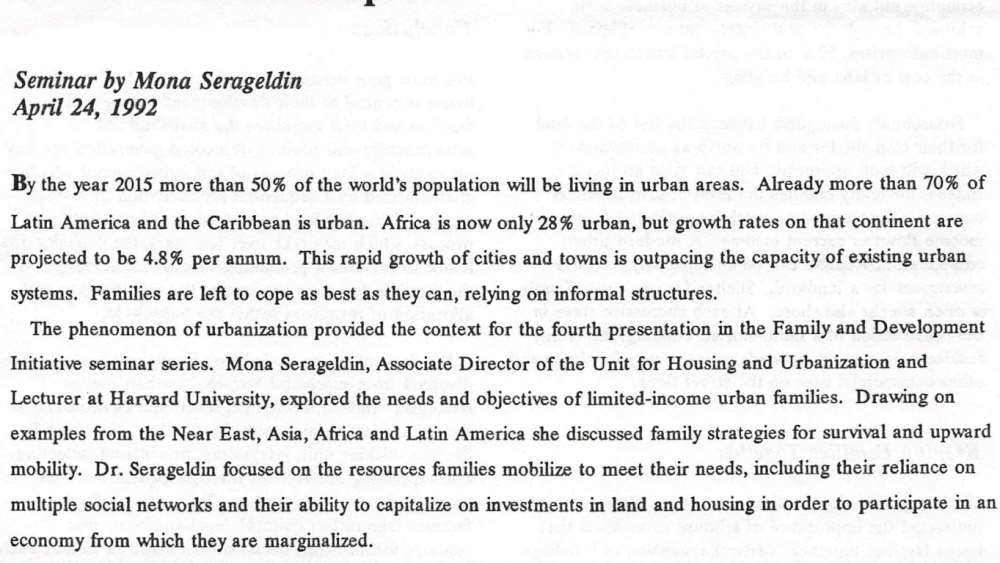


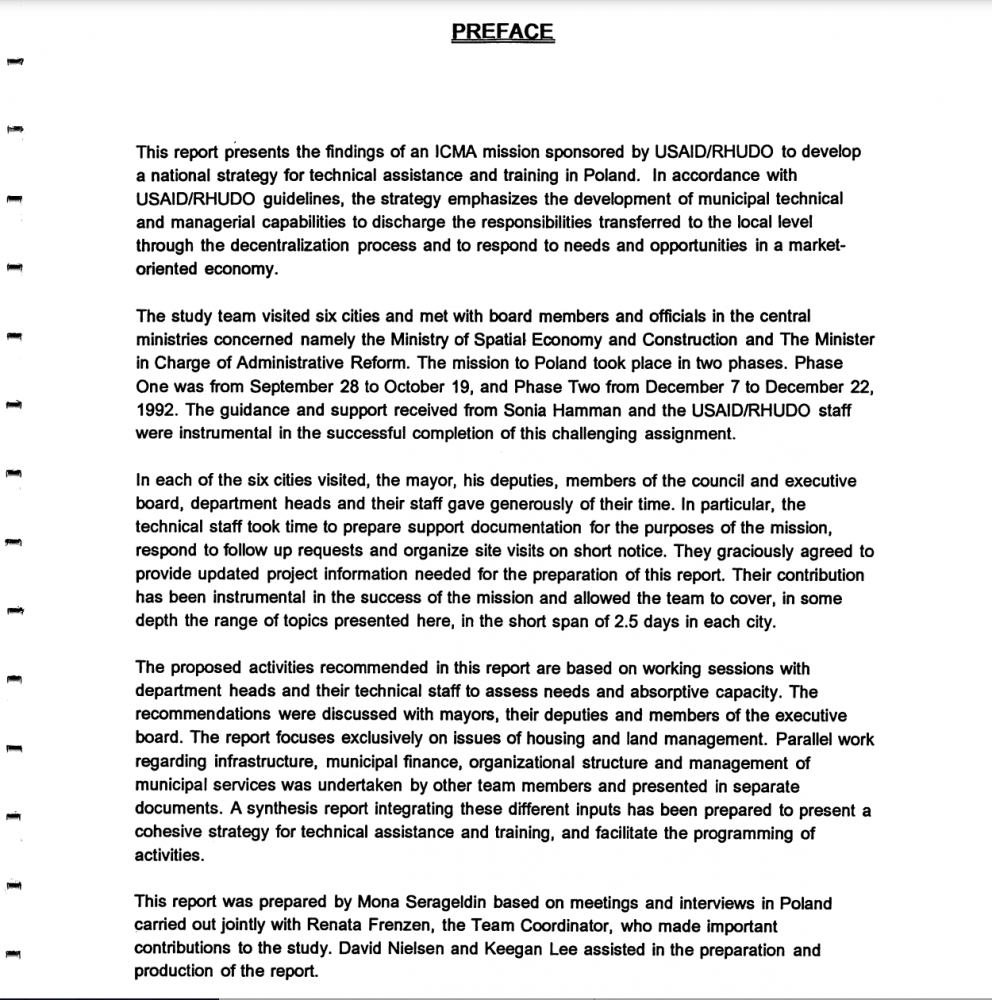
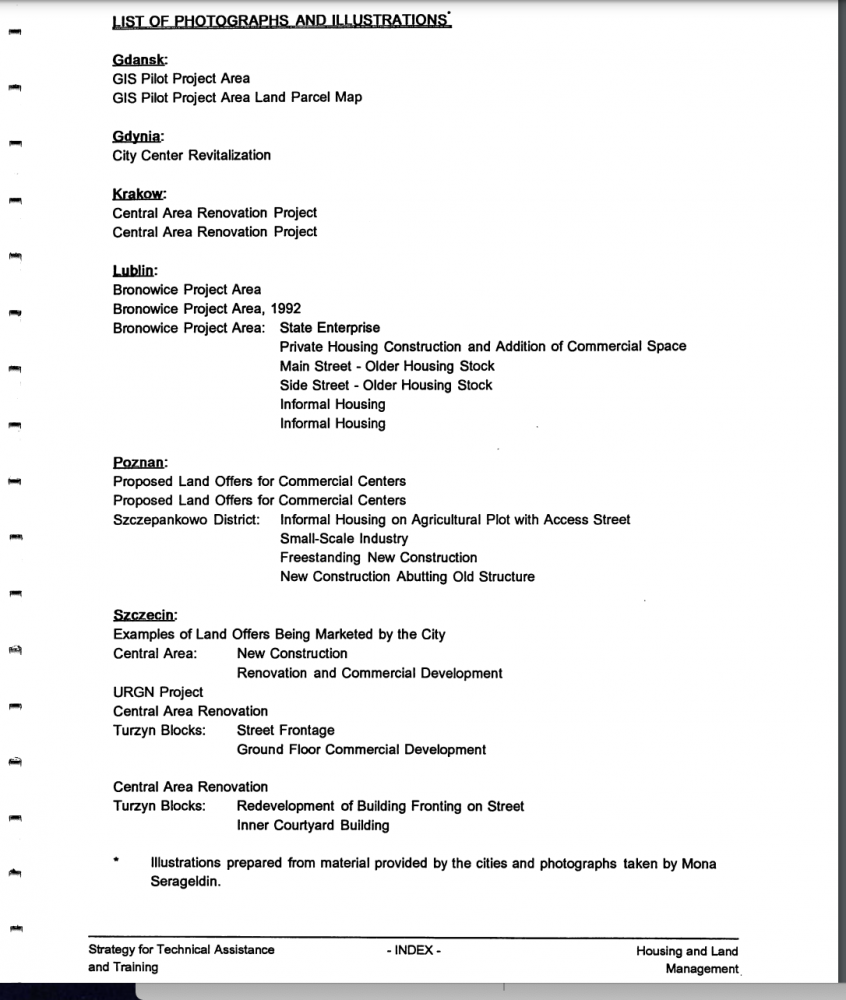
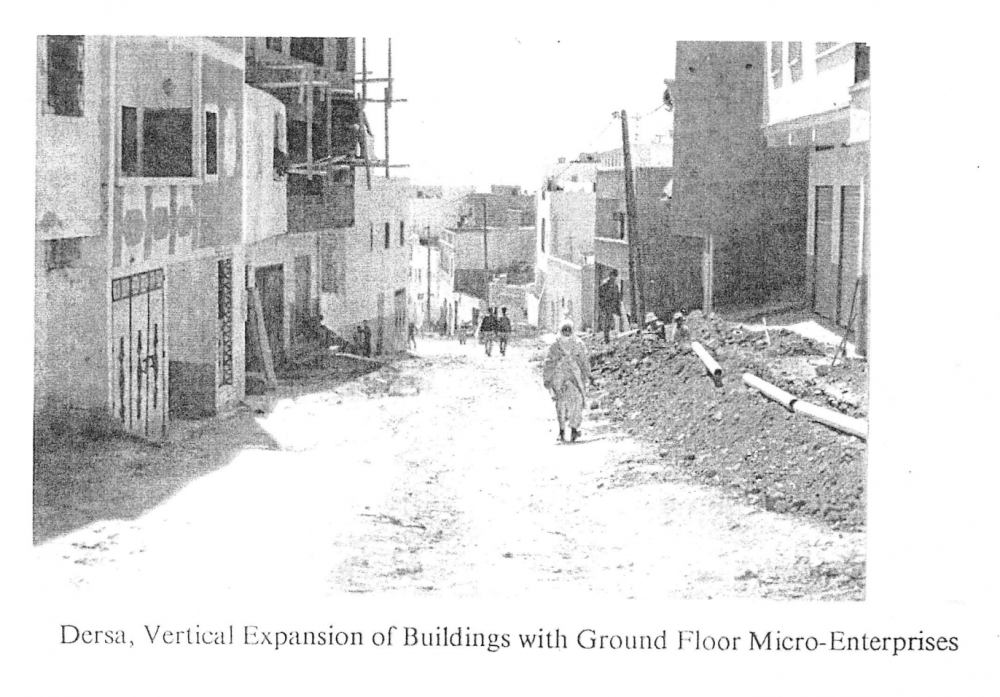
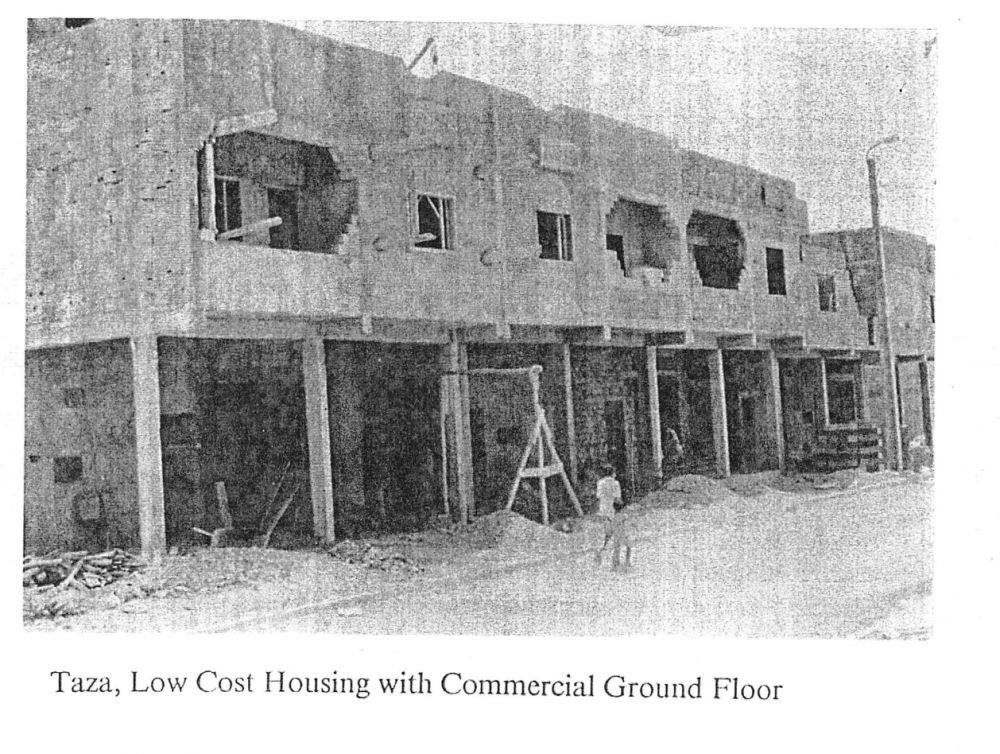 Taza, Low Cost Housing with Commercial Ground Floor
Taza, Low Cost Housing with Commercial Ground Floor